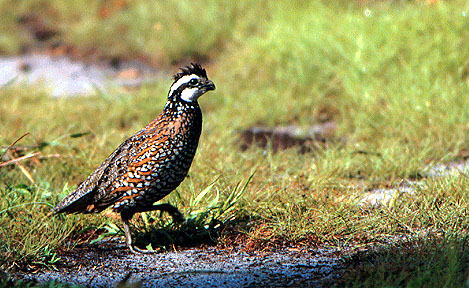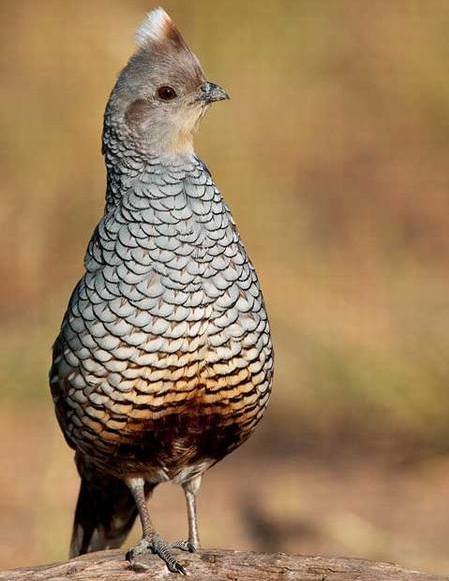Landowners interested in bobwhite quail populations are familiar with common quail habitat improvement practices. However, many overlook the management or conversion of exotic grass pastures. The control of non-native pasture grasses is highly recommended for persons wanting to manage for bobwhite quail. So what can you do to help quail on your property?
Herbicides, unfortunately, provide the only effective method for the control of exotic grasses. Complete removal of non-native grasses is desired for providing the best possible quail habitat, but often times this may be impossible to achieve. Depending on the situation, the best approach may be to selectively treat the worst spots on a periodic basis to maintain the majority of the site in a useable condition for quail. Continue reading Control Exotic Grasses for Better Habitat

